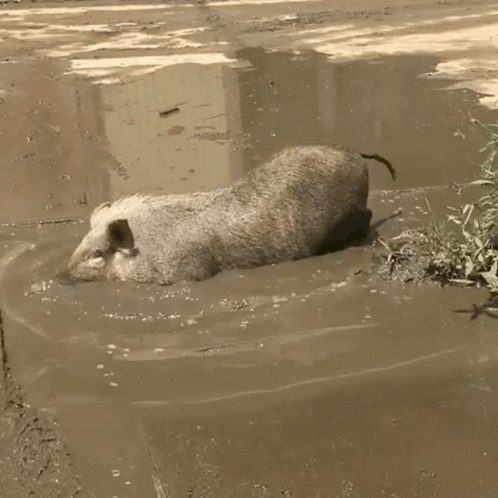Huntnut60
Active member
- Joined
- May 26, 2020
- Messages
- 157
We all have to live with the decisions we have made when it comes to our application/ drawing history. I have made so many mistakes applying. BuzzH made a pretty good list of applying mistakes that I can relate with. The only thing I did correct was keep applying and learn from my mistakes.I disagree with a system that so strongly favors incumbents when we are talking about a shared resource. Why would the system prefer a lifelong nature lover who gave $50 a yr in point cost for 20 years over a life long nature lover who gave $1,000 to the nature conservancy for 20 years thereby supporting the North American model 20 fold but took up hunting late in life?





